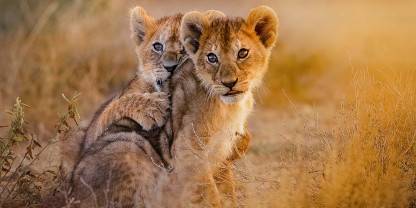Average User Rating
Rating Breakdown
Write a User Review US
Visited:
October 2015
Reviewed: Nov 26, 2015
US
Visited:
October 2015
Reviewed: Nov 26, 2015
Email ssilberman | 50-65 years of age | Experience level: first safari
 US
Visited:
May 2015
Reviewed: Nov 16, 2015
US
Visited:
May 2015
Reviewed: Nov 16, 2015
Email Critidoc | 65+ years of age | Experience level: 2-5 safaris
 IN
Visited:
April 2015
Reviewed: Nov 15, 2015
IN
Visited:
April 2015
Reviewed: Nov 15, 2015
Email Sudhir | 35-50 years of age | Experience level: over 5 safaris
 NZ
Visited:
September 2015
Reviewed: Oct 31, 2015
NZ
Visited:
September 2015
Reviewed: Oct 31, 2015
Email humphfrey | 35-50 years of age | Experience level: first safari
 IE
Visited:
June 2015
Reviewed: Oct 27, 2015
IE
Visited:
June 2015
Reviewed: Oct 27, 2015
Email Aindriu H | 20-35 years of age | Experience level: 2-5 safaris
 US
Visited:
October 2015
Reviewed: Oct 26, 2015
US
Visited:
October 2015
Reviewed: Oct 26, 2015
Email Barbara | 50-65 years of age | Experience level: first safari
 US
Visited:
October 2015
Reviewed: Oct 26, 2015
US
Visited:
October 2015
Reviewed: Oct 26, 2015
Email Barbara | 50-65 years of age | Experience level: first safari
 FR
Visited:
November 2014
Reviewed: Oct 4, 2015
FR
Visited:
November 2014
Reviewed: Oct 4, 2015
Email Mike Briley | 65+ years of age | Experience level: 2-5 safaris




















